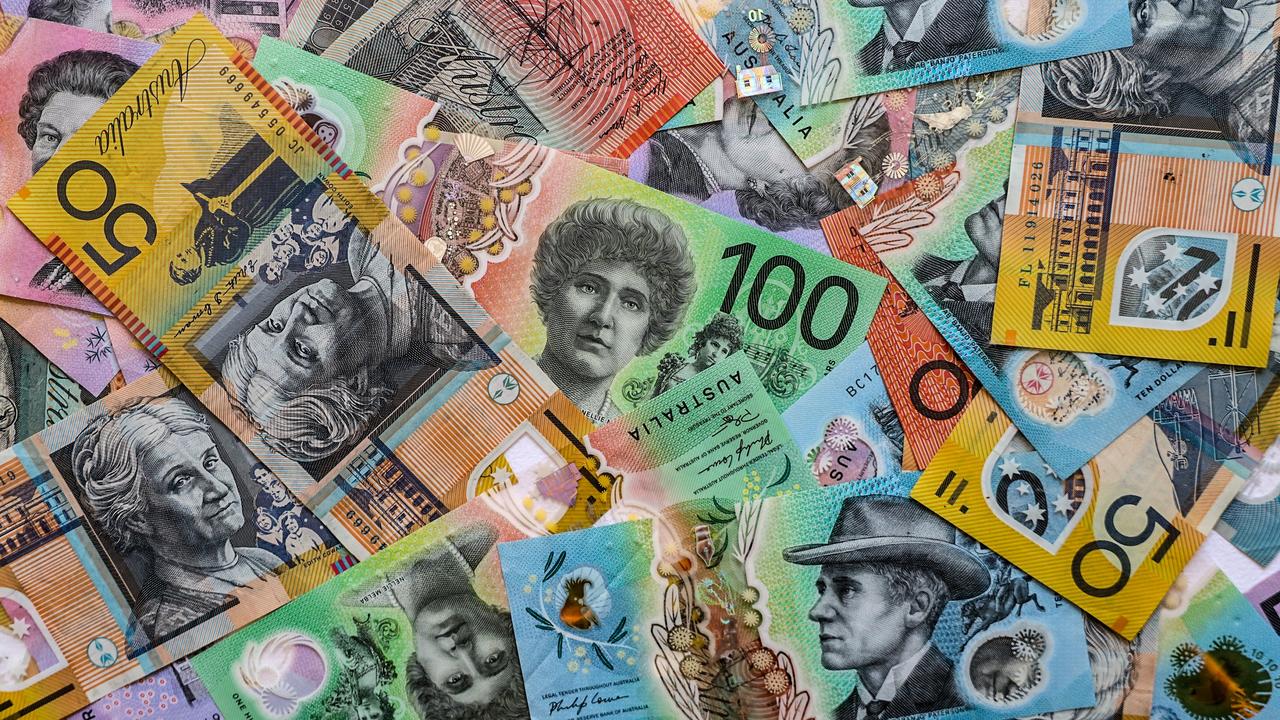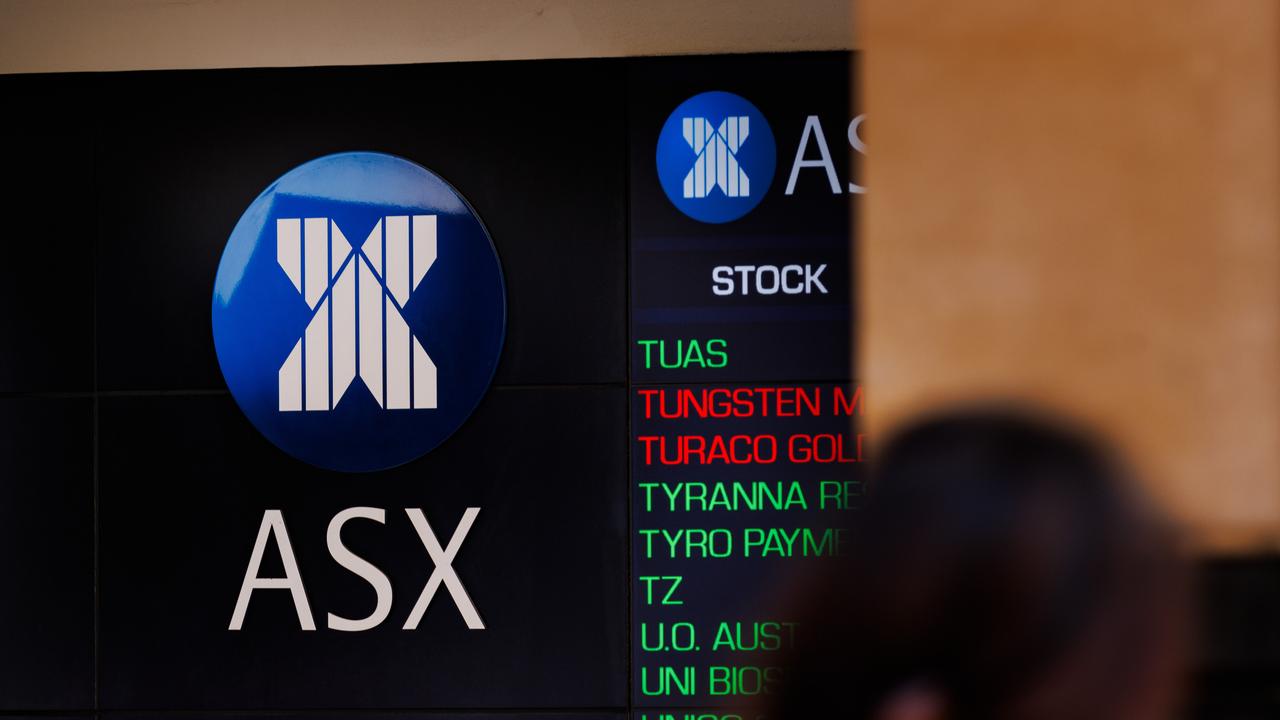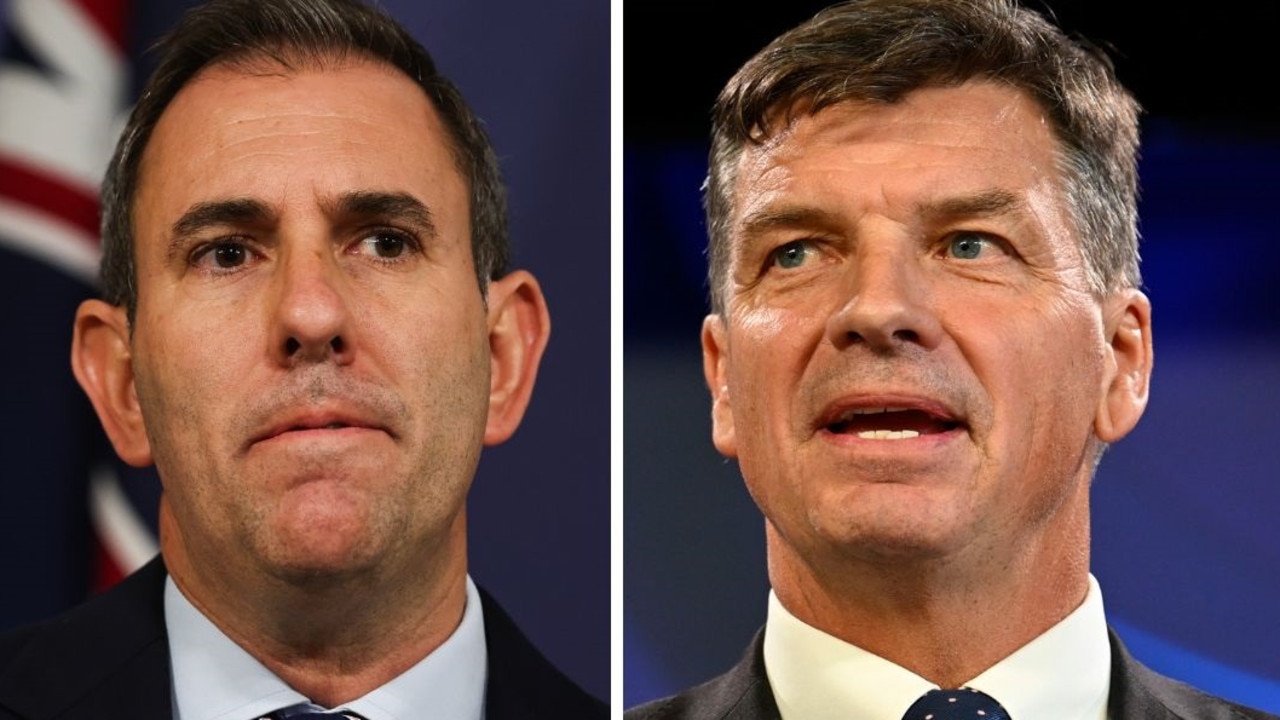Hang in there, you may get a tax cut eventually if you vote for the Coalition a couple more times
WELCOME to the budget, where everything’s made up and the numbers don’t matter. Here’s why you shouldn’t believe Scott Morrison.
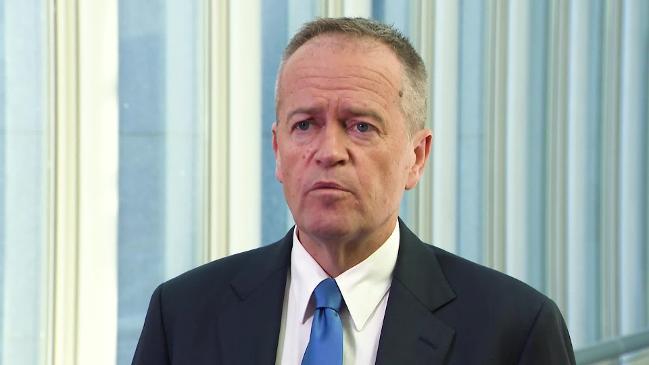
OPINION
SEVEN years ago, Julia Gillard was prime minister and Wayne Swan was treasurer.
On Tuesday, Scott Morrison asked us to cast our imaginations a further seven years into the future to 2025, to picture life under his “seven year personal income tax plan”.
He may as well have stood up and said, “The seven years of personal income tax cuts I announce tonight”, given they’re about as likely to materialise as Mr Swan’s “four years of surpluses”.
Forget the boring old four-year forward estimates period, or even the visionary 10-year horizon cooked up for the Coalition’s mangled company tax cut plan — which is now starting to resemble Jeff Goldblum in The Fly.
Taking a cue from BuzzFeed, Mr Morrison has gone for an odd number to capture our attention. It’s a move that could have been cooked up by Rob Sitch’s bumbling political adviser in The Hollowmen — and the depressing thing is that’s probably closer to the reality than most people would like to imagine.
Hidden cuts and surprise spending in Budget
Under the tax plan, low and middle income earners on up to $90,000 will get a tax cut of between $200-$530 a year, before some more minor tweaks to once again kick the bracket creep can down the road in 2022.
Bracket creep is the process by which people are pushed into higher tax brackets by inflation, despite getting no richer in real terms. The government could easily fix the problem by indexing the tax scales, but it refuses to do so because it would be giving up billions in free money every year.
In fact, UBS points out it was “unusually high” bracket creep that saw tax receipts boom 8.6 per cent to $445.1 billion in 2017-18. That, combined with better than expected economic growth, means the budget is some $42 billion better off over four years than predicted at the mid-year update.
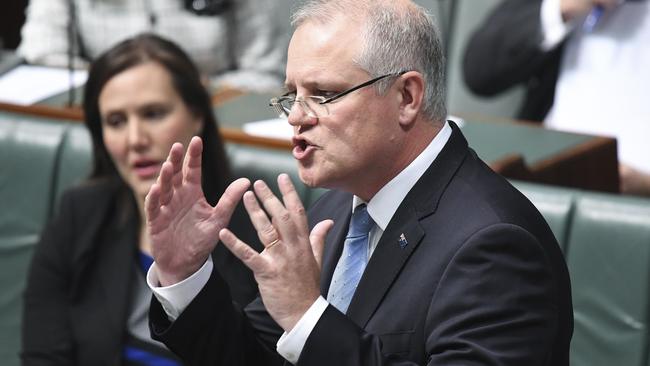
So it’s a bit rich for Mr Morrison to pat himself on the back for “solving” the problem in four years’ time. “I’m not handing anything out,” he told 2GB. “It’s their money, they earned it. I’m saying, I think you should keep it.”
Beyond that, though, there are many reasons to believe most budgets aren’t worth the paper they’re printed on — not least because, like Mr Morrison, they always seem to be promising a pot of gold at the end of the rainbow, aka the forward estimates.
Each budget speech should really begin by paraphrasing Drew Carey. “Welcome to the budget, where everything’s made up and the numbers don’t matter.”
It’s worth looking at table number one under Statement Eight in Budget Paper One — which shows Treasury’s domestic economic forecasts — and comparing them to previous years. They are consistently wrong, year after year.
According to Tuesday’s budget, for example, wages are expected to grow by 3.25 per cent in 2019-20 — that is, at the end of the rainbow — three quarters of a per cent above inflation.
That’s compared with just 1.9 per cent in 2016-17, the same as the inflation rate. In 2015’s budget, however, Treasury was forecasting wage growth in 2016-17 to come in at 2.75 per cent.
Going back further, 2014’s budget forecast wage growth to come in at 3 per cent in 2015-16. The actual result? 2.1 per cent. And in 2013, the 2014-15 forecast was 3.5 per cent, compared with the actual result of just 2.3 per cent.
In other words, when Mr Morrison tells you your pay packet is going to grow by 3.25 per cent, he really means 2 per cent, give or take, if you’re lucky. Of course, we’d all like to be proven wrong.
Leigh Sales’ cheeky ScoMo question
First buyers screwed in Budget
What ScoMo’s really up to with Budget
The massive headline change, however, won’t come into effect until at least two elections and at this rate, at least three treasurers away — well beyond the feeble reach of Treasury’s forecasters — when the second-highest tax bracket will be abolished completely.
That would mean anyone earning between $41,000 and $200,000 a year would pay the same tax rate of 32.5 per cent, but those earning over $200,000 would still pay the top rate of 45 per cent.
“Under the Turnbull government’s personal tax plan most working Australians earning above $41,000 are likely to never face a higher marginal tax rate through their entire working life,” Mr Morrison said in his Budget speech, in a line presumably intended to sound encouraging but which came off as slightly depressing.
He sounded like an elderly loved one telling you you’ve gotten fat. Yes, we know we’re probably never going to earn over $200,000, but you don’t have to rub it in.
The bottom line though, is if this was supposed to be an election bribe with the promise of more to come, it was pretty rubbish one. It’s like a drug dealer trying to get you hooked on heroin by giving you a Panadol.
Here’s a tip, guys. When you’ve got nothing left to lose, you might as well act like it and do some crazy shit. Abolish all taxes for anyone whose name starts with ‘J’. Give everyone a second birthday. Bring back Cheez TV. Anything to get people interested.
Because will whoever is Treasurer in seven years seriously honour Mr Morrison’s 2018 thought bubble? One person might — and that’s ScoMo. Better vote them back in, then.



